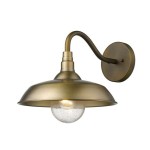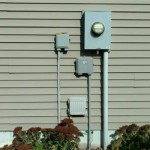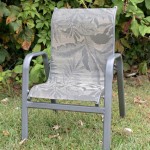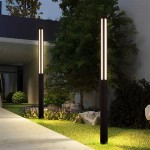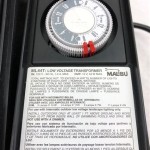What Size Pump Do I Need For My Outdoor Wood Boiler?
Selecting the correct pump size for an outdoor wood boiler is crucial for efficient heating and optimal system performance. An undersized pump can lead to inadequate heat distribution, while an oversized pump can cause excessive energy consumption and unnecessary wear and tear on the system. Several factors influence pump sizing, including the boiler's BTU output, the size and layout of the heating zone, and the piping system's characteristics.
The first step in determining the appropriate pump size is to understand the heating system's needs. This involves calculating the British Thermal Units (BTUs) required to heat the desired space. This calculation depends on factors such as the climate, the insulation levels of the building, and the desired temperature differential between the inside and outside. Consulting with a heating professional can assist in accurately determining the BTU requirements.
Once the BTU requirement is established, the next step is to ascertain the flow rate necessary to deliver that heat. A general rule of thumb is that approximately one gallon per minute (GPM) of flow is required for every 10,000 BTUs. Therefore, a 100,000 BTU boiler would typically require a pump capable of moving 10 GPM.
However, flow rate alone does not determine pump size. Head pressure, or the resistance to flow within the piping system, is another critical factor. Head pressure is affected by pipe length, diameter, the number of elbows and fittings, and the vertical lift the pump must overcome. Longer pipe runs, smaller diameters, and more fittings all contribute to increased head pressure.
Pump manufacturers provide performance curves that illustrate the relationship between flow rate and head pressure. These curves show the pump's output at various head pressures. To select the correct pump, one must calculate the total head pressure of the system and then consult the manufacturer's curve to find a pump that can deliver the required flow rate at that specific head pressure. Online calculators and pump sizing software can simplify this process.
The piping system's design significantly influences the pump's performance. Properly sized piping is essential for efficient operation. Undersized piping increases friction and head pressure, requiring a larger pump to achieve the desired flow rate. Oversized piping, while reducing friction, can lead to slower flow rates and potential heat stratification within the system.
The type of heating system also plays a role in pump selection. Systems utilizing radiant floor heating often require lower flow rates and higher head pressures compared to baseboard or forced-air systems. This is due to the longer lengths of tubing and smaller diameters typically used in radiant systems. Therefore, the pump selection must consider the specific demands of the chosen heating method.
Another important factor is the boiler's operating temperature. Outdoor wood boilers typically operate at higher temperatures than conventional boilers. This higher temperature can affect the viscosity of the heat transfer fluid, impacting pump performance. Therefore, it's essential to choose a pump designed to handle the higher temperatures associated with outdoor wood boiler systems.
Furthermore, the efficiency of the pump itself should be considered. High-efficiency pumps consume less electricity, leading to lower operating costs over the long term. Investing in a high-efficiency pump can offer significant savings over the lifespan of the system.
Finally, consulting with a qualified heating professional is highly recommended when sizing a pump for an outdoor wood boiler system. They can perform detailed calculations, considering all relevant factors to ensure the optimal pump selection. This expertise can help avoid costly mistakes and ensure efficient and reliable heating performance.
Proper maintenance of the pump and the entire heating system is crucial for maximizing efficiency and longevity. Regular checks for leaks, proper insulation of piping, and annual system maintenance can help prevent problems and ensure optimal performance. This proactive approach contributes to a more efficient and cost-effective heating system.
In summary, selecting the right pump size for an outdoor wood boiler involves careful consideration of several factors. These include BTU requirements, flow rate, head pressure, pipe sizing, heating system type, boiler operating temperature, and pump efficiency. Taking the time to understand these factors and consulting with a professional will result in a more efficient and effective heating system.
By carefully evaluating these factors and seeking expert advice, homeowners can ensure their outdoor wood boiler system operates at peak performance, providing reliable and efficient heat for years to come. Understanding these principles allows for informed decisions regarding pump selection and overall system design.

Outdoor Wood Boiler Pump Size Matters Outdoorboiler Com

Pump Sizing Heating Help The Wall

How To Size Your Pump For An Outdoor Wood Boiler System Chapter 2

How To Size Your Pump For An Outdoor Wood Boiler System Chapter 2

Water Circulation Pumps

Outdoor Wood Coal Boiler Installation

Water Circulation Pumps

How To Size Your Pump For An Outdoor Wood Boiler System Chapter 2

Water Circulation Pumps

Outdoor Wood Boiler
